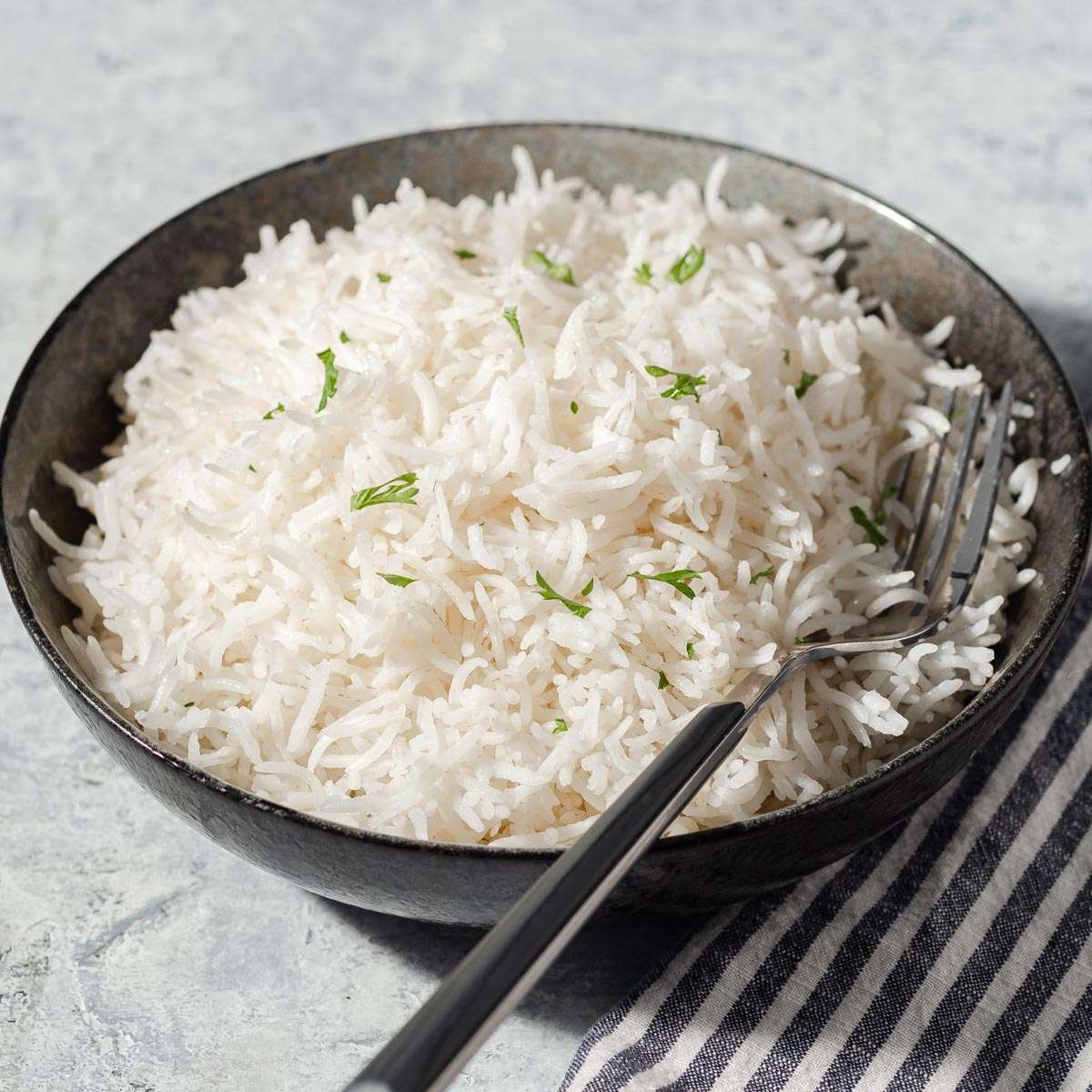
Rice is a staple food for more than half of the world’s population, and it comes in many different types. Each type has its own unique taste, texture, and nutritional benefits. Knowing the differences can help you make better choices in the kitchen. In this post, we’ll explore the various grades of rice, their characteristics, and the best ways to use them.
Long Grain Rice: Elegance in Every Bite
Basmati Rice: The Fragrant Star
Basmati rice is famous for its lovely aroma and long, fluffy grains. Grown in the foothills of the Himalayas, it has a nutty smell and pairs wonderfully with Indian and Middle Eastern dishes.
Jasmine Rice: A Thai Treasure
Jasmine rice comes from Thailand and has a delicate floral scent. It’s slightly sticky when cooked, making it a perfect match for Asian meals, stir-fries, and sushi.
Medium Grain Rice: Versatile and Delicious
Arborio Rice: The Risotto Expert
Arborio rice has short, plump grains and is the best choice for creamy risottos. Its high starch content gives risotto its signature smooth texture.
Calrose Rice: The All-Rounder
Common in Asian and Mediterranean dishes, Calrose rice is medium-grain and slightly sticky. It’s great for sushi, paella, or as a simple side dish.
Short Grain Rice: Chewy and Satisfying
Sushi Rice: The Heart of Sushi
Short-grain sushi rice is sticky and glossy, making it perfect for rolling sushi. It absorbs flavors well, providing a great base for all your sushi creations.
Sticky Rice: Sweet and Chewy
Despite its name, sticky rice is gluten-free and is often used in delicious Asian desserts like mango sticky rice.
Brown Rice: Nutritious and Wholesome
Whole Grain Goodness
Brown rice keeps its bran layer, which means it has more fiber and nutrients than white rice. It takes a bit longer to cook, but it’s a healthier choice overall.
Wild Rice: A Unique Alternative
Nutty and Healthy
Though not technically a true rice, wild rice is often included in the rice family. It has a chewy texture and nutty flavor, packed with protein and antioxidants. It’s great in salads, stuffings, and casseroles.
Understanding the different types of rice helps us appreciate this essential food. Whether you’re looking for the fragrant basmati, the creamy Arborio, or the wholesome brown rice, knowing your options lets you create delicious meals at home. Don’t be afraid to experiment and enjoy the unique flavors that each type of rice brings to your table.
Stay Tuned!
In our next blog post, we’ll dive into the common types of rice found in Tanzania.
We’d love to hear your thoughts! Drop your comments and suggestions .


